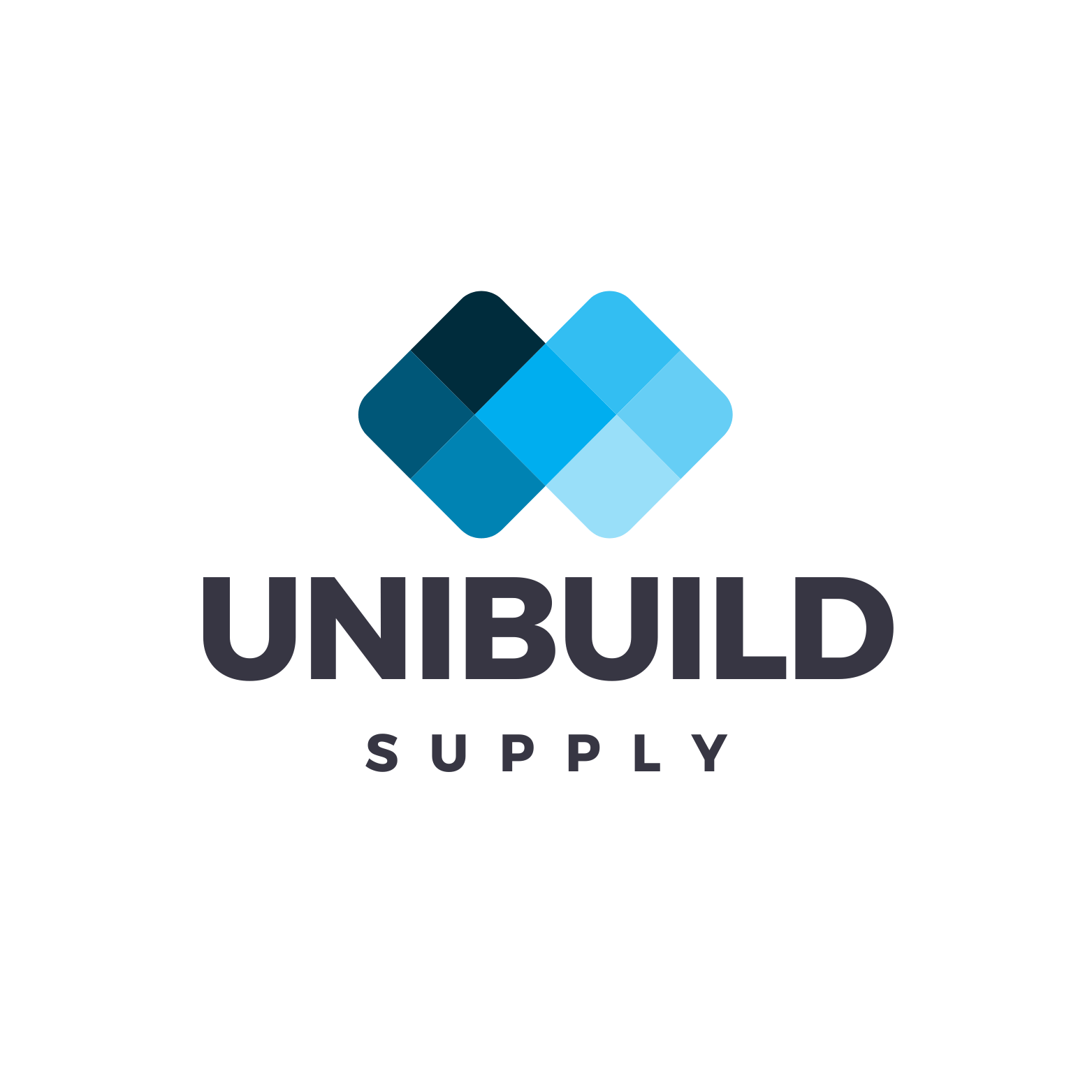Welcome to the Hydraulic Glossary, your quick reference for essential fluid power terminology.
This collection explains the most common hydraulic components, functions, and design concepts — from accumulators and valves to pumps and seals.
Whether you’re a beginner or an experienced technician, these concise definitions will help you understand how hydraulic systems work and guide you to more in-depth tutorials and product insights.
Quick jump to a section:
A | B | C | D | E | F | G | H | I | L | M | N | O | P | R | S | T | V
A
Accumulator – A pressure storage reservoir in a hydraulic system that stores energy in compressed gas or fluid.
Actuator – Converts hydraulic energy into mechanical motion.
Air Bleed Valve – Removes trapped air from the hydraulic system.
Air-Oil Hydraulic System – Uses a combination of air and oil to transmit power.
Aluminum Hydraulic Component – Lightweight component commonly used in hydraulic systems.
B
Back Pressure – Resistance fluid encounters when returning to the tank.
Bypass Valve – Allows fluid to bypass part of the circuit to protect components.
Ball Valve – Controls flow using a rotating ball mechanism.
Bladder Accumulator – Uses an internal bladder to separate gas and fluid.
Booster Pump – Increases pressure within the hydraulic system.
C
Cavitation – Formation and collapse of bubbles in fluid causing damage.
Charge Pump – Small pump supplying the main pump.
Check Valve – Permits flow in only one direction.
Closed Circuit – Pump outlet connected directly to actuator.
Counterbalance Valve – Prevents uncontrolled load movement.
D
Directional Control Valve – Directs flow within a hydraulic circuit.
Drain Line – Returns fluid or leakage to reservoir.
Double Acting Cylinder – Cylinder that can move in both directions using hydraulic pressure.
Dynamic Seal – Seal designed for moving components.
Drive Shaft – Transmits rotational power from motor to pump.
E
Elastic Hose – Flexible tube for hydraulic fluid.
Electro-Hydraulic Valve – Controlled electrically to regulate fluid flow.
Emergency Relief Valve – Protects system from extreme pressure.
End Cap – Closure component on cylinders or valves.
External Gear Pump – Pump using external gears to move fluid.
F
Filter – Removes contaminants from hydraulic fluid.
Flow Control Valve – Adjusts flow rate.
Flow Divider – Splits flow into controlled paths.
Flushing Line – Line used to clean or remove debris from system.
Foot Valve – Check valve at pump inlet preventing backflow.
G
Gear Pump – Uses meshing gears to move fluid.
Grease Injector – Device to add lubrication into system.
Gauge Port – Port to attach pressure gauge.
Guide Rod – Rod ensuring piston movement alignment.
Grounding – Preventing static buildup in hydraulic components.
H
Heat Exchanger – Cools hydraulic oil.
Hose Assembly – Flexible tubing with fittings.
Hydraulic Fluid – Liquid transmitting power.
Hydraulic Motor – Converts hydraulic energy into rotation.
Hydraulic Pump – Moves fluid through system.
I
Inline Filter – Filter mounted in the fluid line.
Inlet Port – Entry point for fluid into system components.
Instrumentation Valve – Valve for measurement devices.
Internal Gear Pump – Pump using internal gears to move fluid.
Isolation Valve – Stops flow to a part of the circuit.
L
Load Holding Valve – Keeps a load steady.
Low Pressure Line – Carries fluid at lower pressure.
Lever Control – Manual actuator for valves.
Linear Motion – Movement in straight line.
Lubrication Port – Point to add lubricant.
M
Manifold – Block with multiple ports.
Micro Valve – Small valve for precision control.
Motor Adapter – Component connecting motor to pump.
Mounting Bracket – Supports pump or cylinder installation.
Magnetic Filter – Removes ferrous particles from fluid.
N
Needle Valve – Fine control of flow.
Non-Return Valve – Prevents backflow.
Neutral Position – Valve state where no flow occurs.
Nominal Pressure – Standard operating pressure rating.
Nozzle – Directs fluid flow.
O
Open Circuit – Fluid returns to reservoir after actuator.
Overcenter Valve – Controls overrunning loads.
Oil Cooler – Reduces fluid temperature.
Output Port – Fluid exit from a component.
Orifice – Restricts flow for control.
P
Pilot Pressure – Low-pressure signal controlling valves.
Piston Pump – Pump with reciprocating pistons.
Port – Opening for fluid entry/exit.
Power Pack – Unit with motor, pump, reservoir, valves.
Pressure – Force per unit area (bar/psi).
R
Return Line – Carries fluid back to reservoir.
Rotary Actuator – Converts fluid energy into rotary motion.
Relief Valve – Limits system pressure by bypassing fluid.
Reservoir – Tank storing hydraulic fluid.
Rod End – Part connecting piston rod to load.
S
Seal – Prevents leakage.
Servo Valve – Precision valve with electronic signal.
Shock Absorber – Dampens pressure spikes.
Solenoid Valve – Electric valve controlling flow.
Strainer – Coarse filter at reservoir inlet.
T
Tandem Pump – Two pumps on one shaft.
Temperature Gauge – Monitors oil temperature.
Throttle Valve – Restricts passage to control flow.
Torque Motor – Converts hydraulic energy to rotational torque.
Transducer – Converts pressure or flow into electrical signal.
V
Vane Pump – Uses sliding vanes to move fluid.
Viscosity – Fluid’s resistance to flow.
Valve Body – Main housing of a hydraulic valve.
Vent Line – Allows trapped air to escape.
Volume Flow – Amount of fluid passing per time unit.
